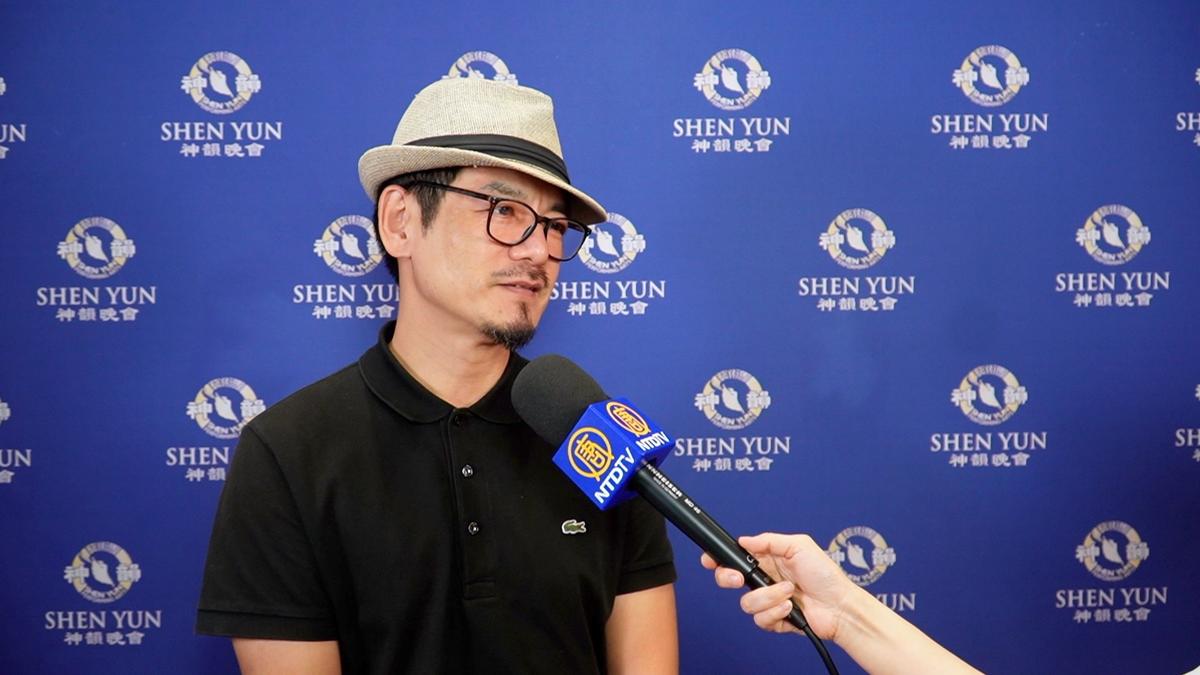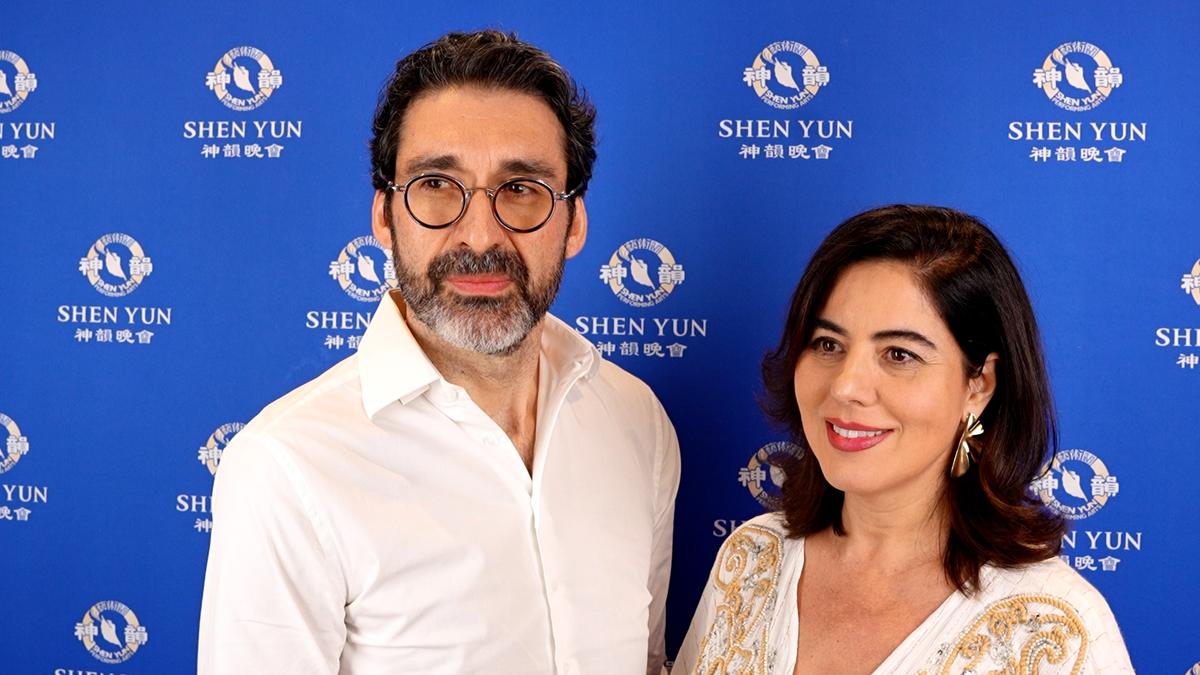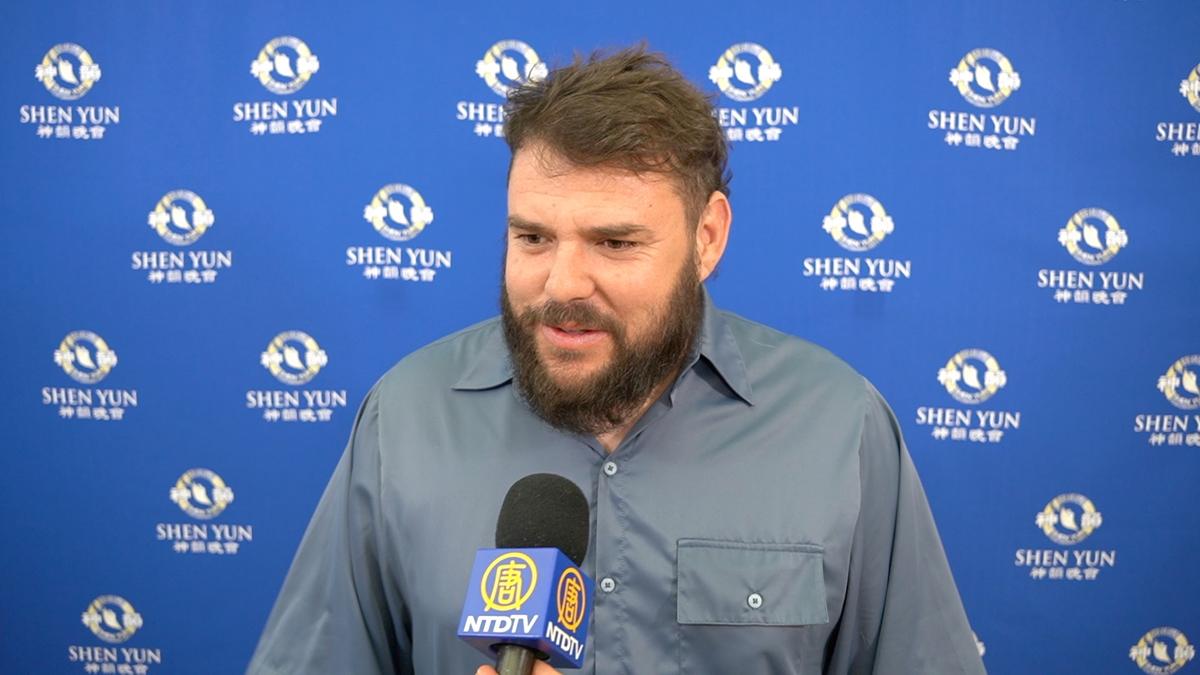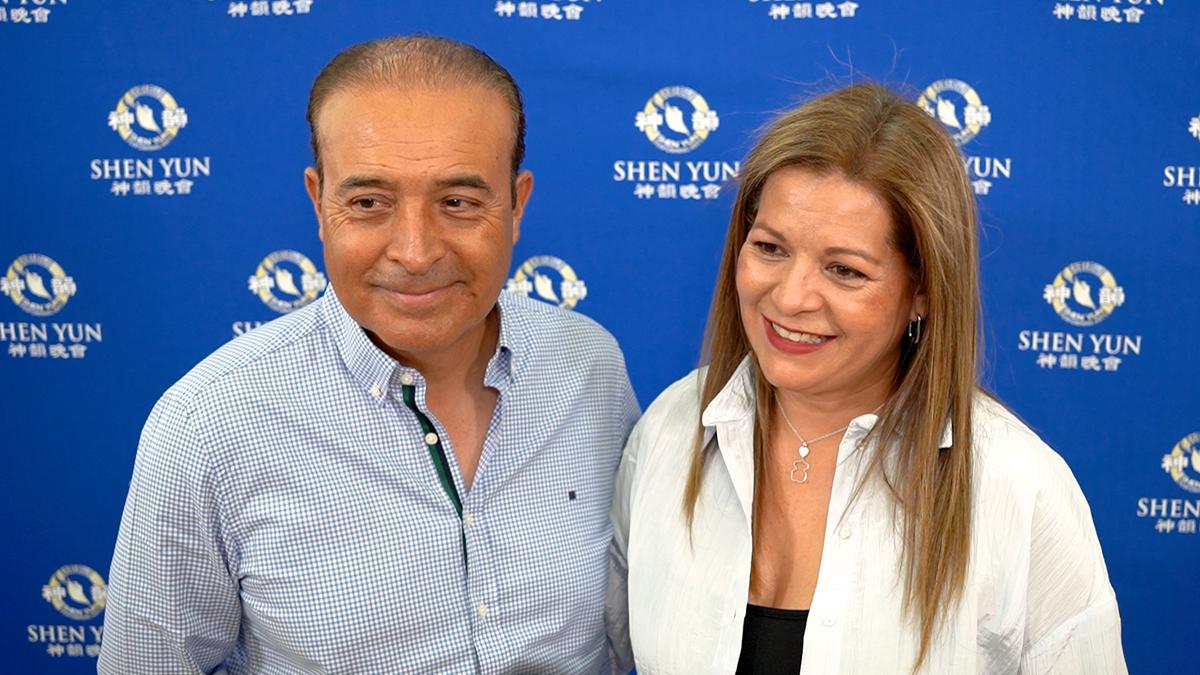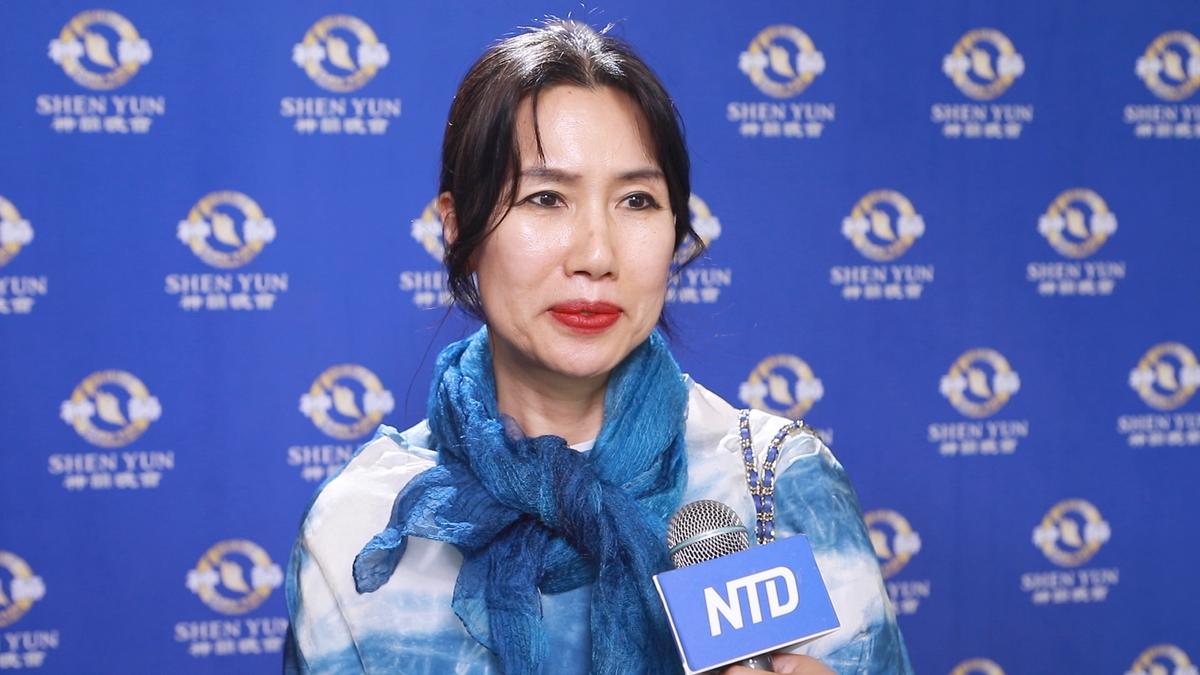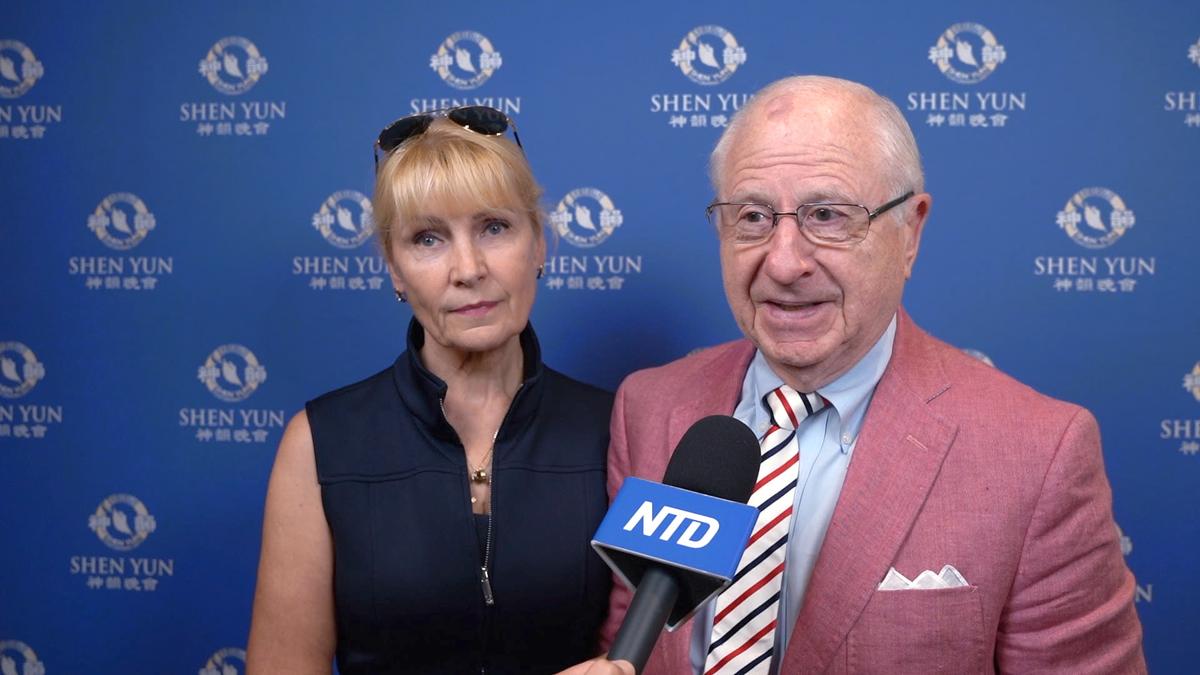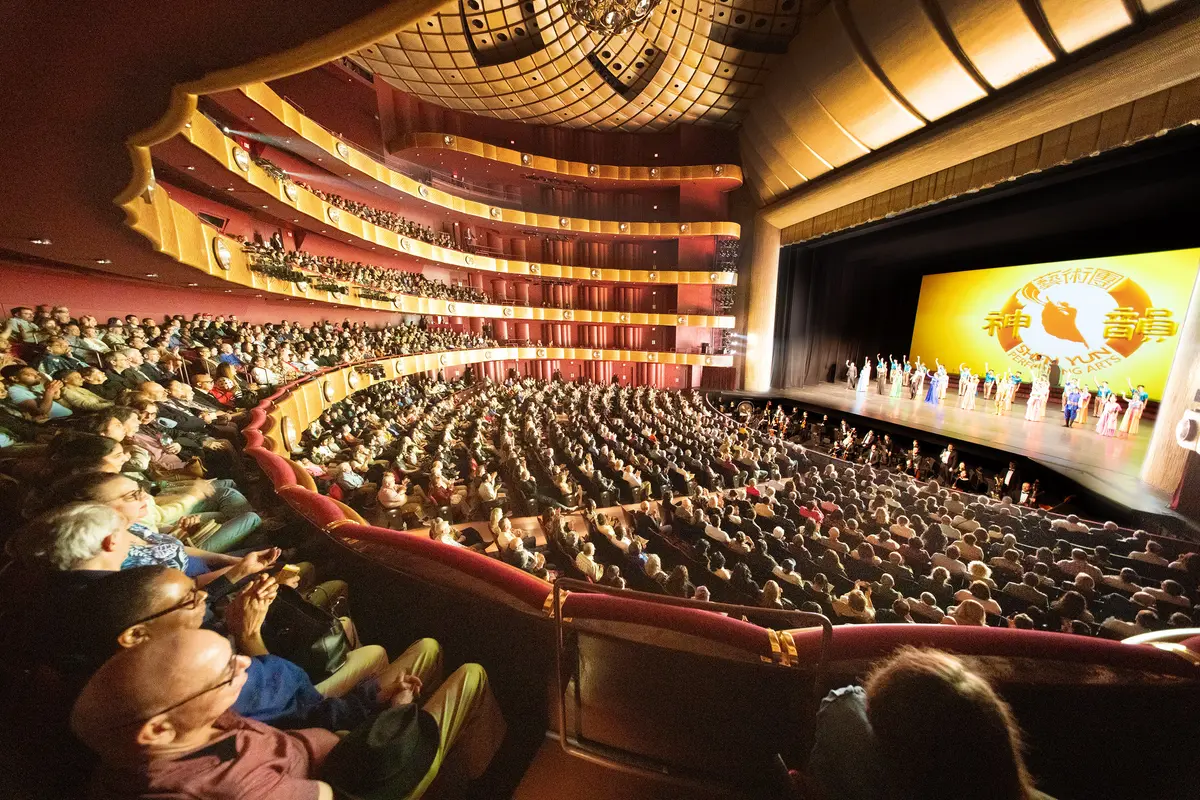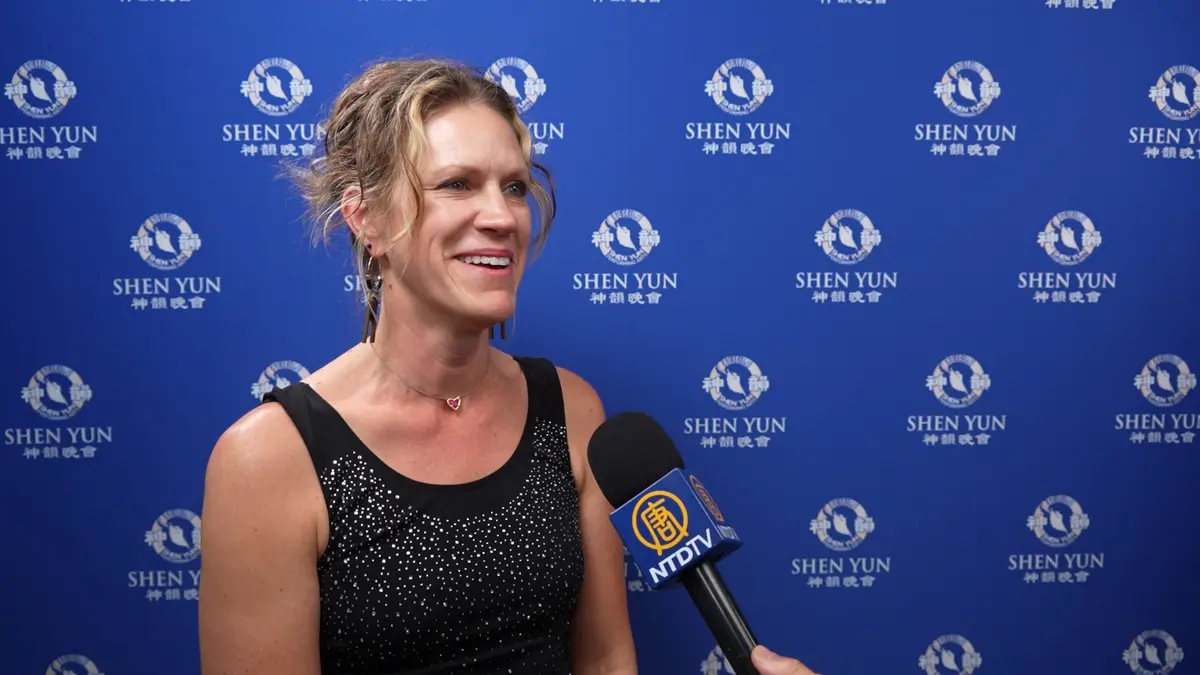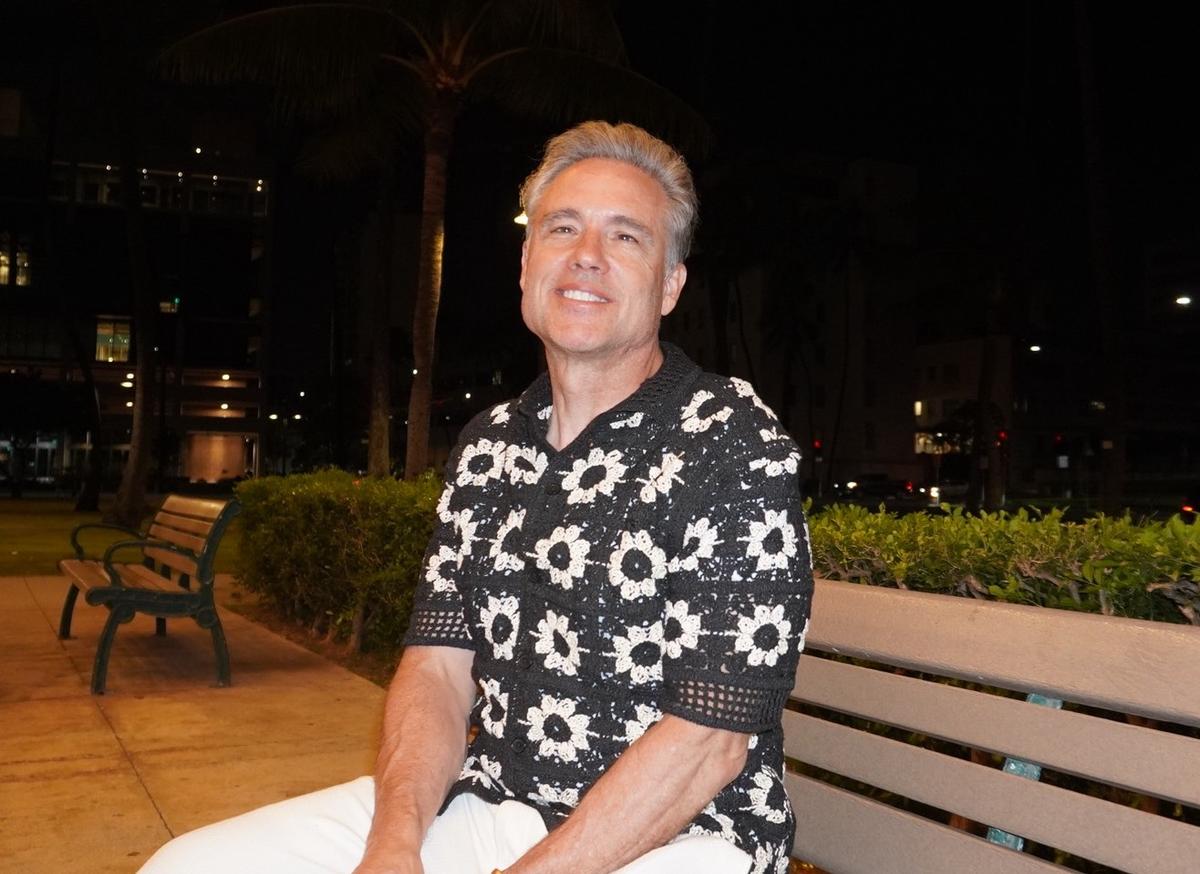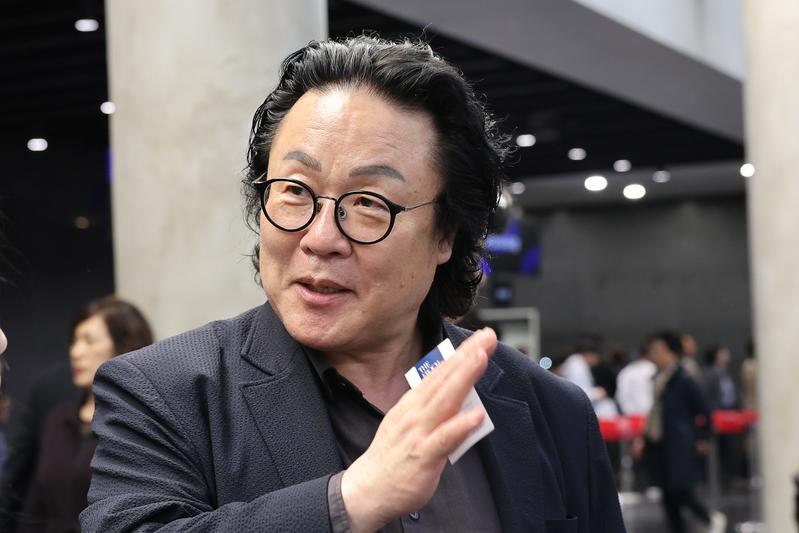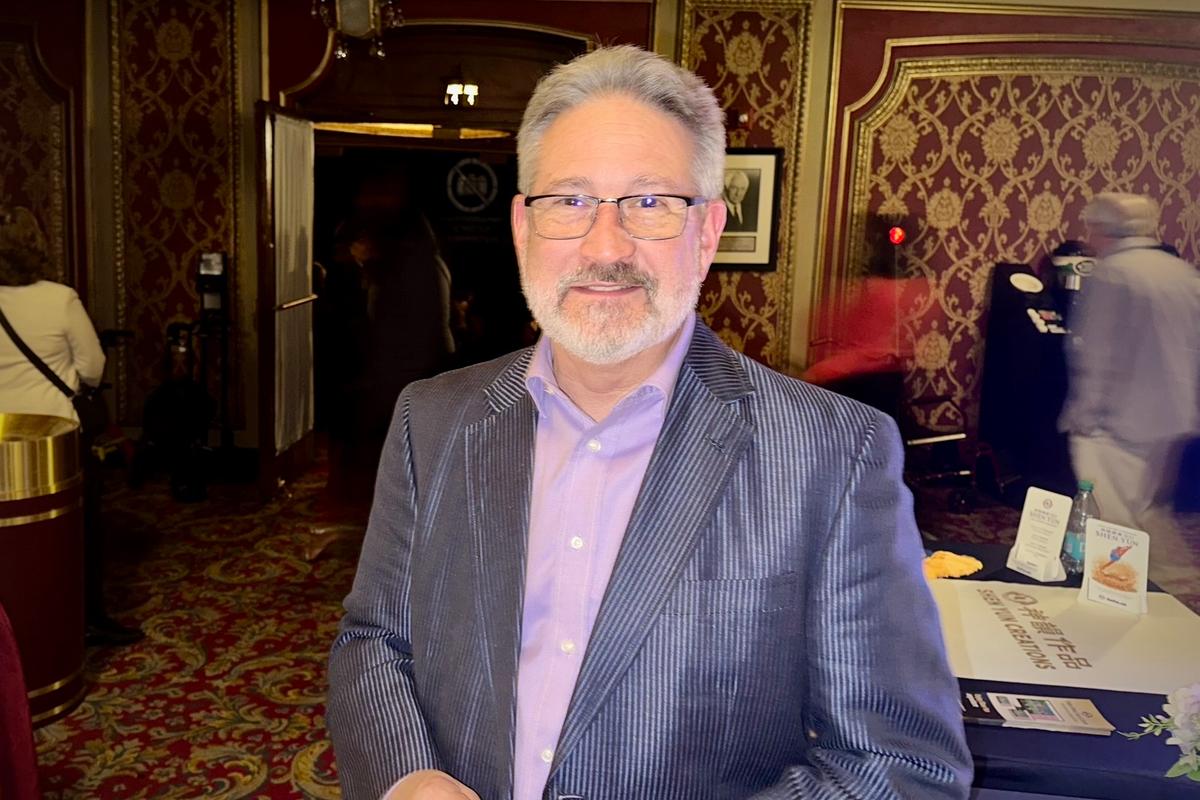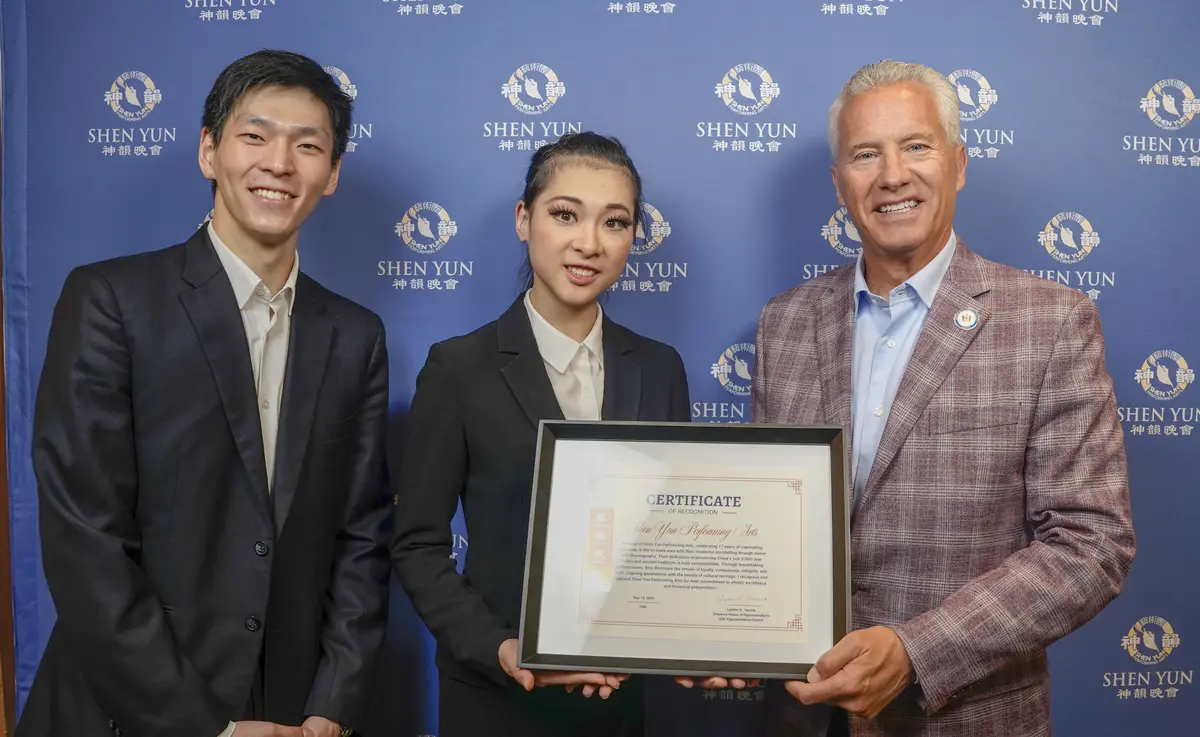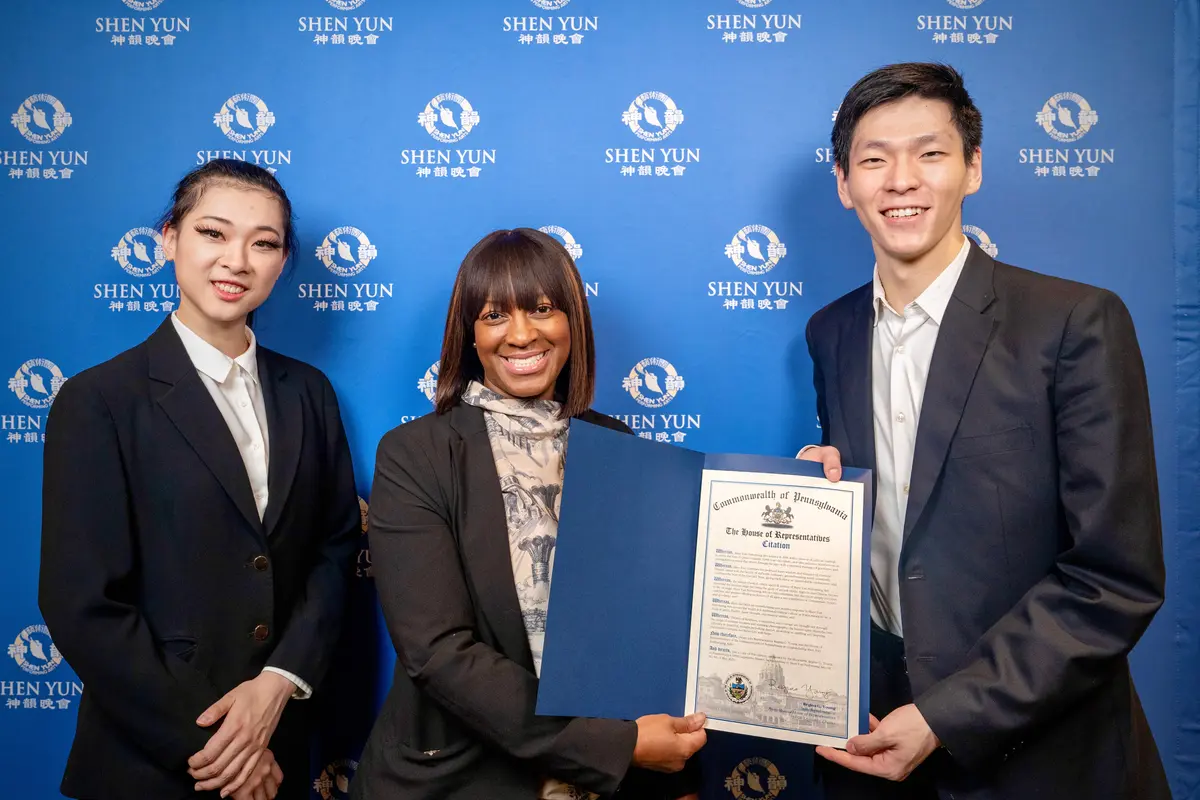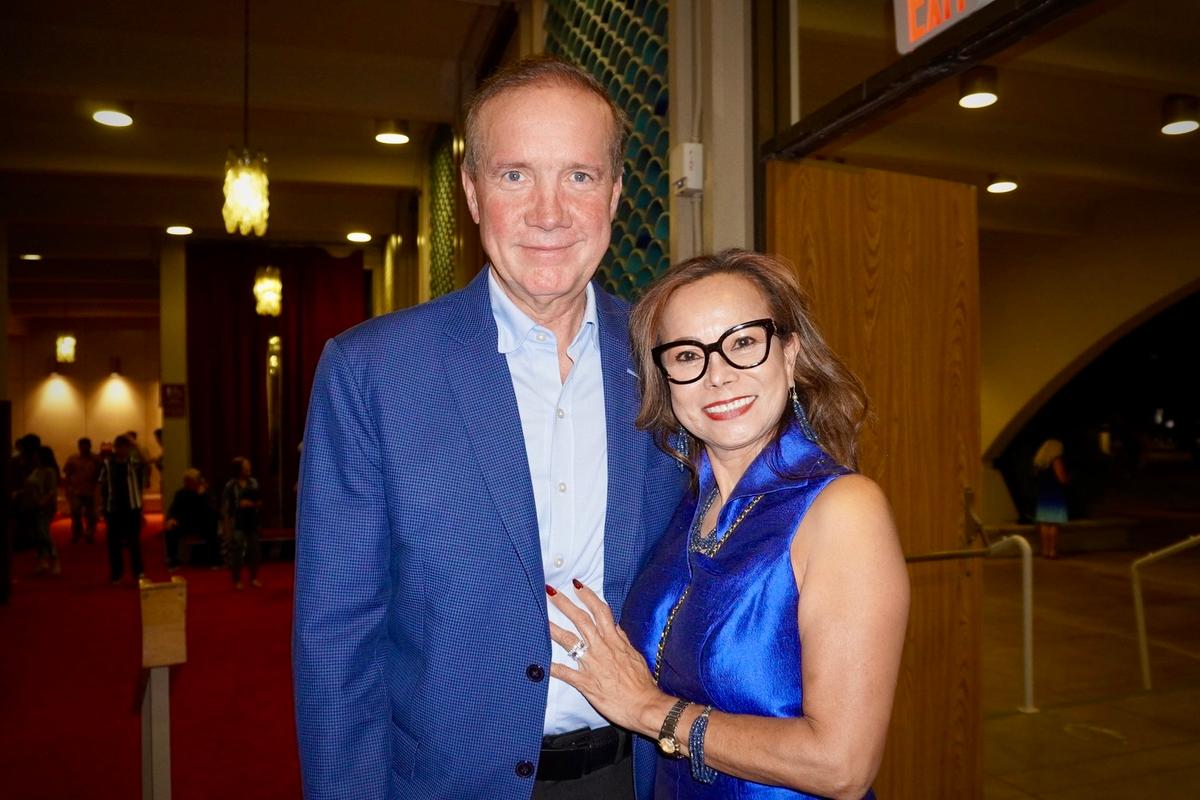“I felt like it washed over you,” Segall said at Lincoln Center after seeing a performance on March 8, 2020.
“The colors are so saturated and the movements are so graceful that it unfolds on us like a kaleidoscope, right? It’s like it’s hypnotic,” Segall said. “It feels like color and shape just moving and is just beautiful unfoldings.”
There was a holistic feeling to the classical Chinese dance performance that to Segall felt “intrinsic.” Normally during a stage production, you look for parts that impress, like a certain dancer or use of stagecraft, but though Shen Yun has many moving parts, Segall couldn’t quite tease them apart during the experience.
“It found myself just really immersed in it in a way that was more total, or dazed,” she said with a laugh.
“The colors got brighter, and it really, the color pairings and everything just makes your eyes dilate, kind of feel really euphoric as the visual experience,” she said.
For model Tarale Wulff and chef Coby Spikes, the beauty of the visual experience also created such feelings of divinity.
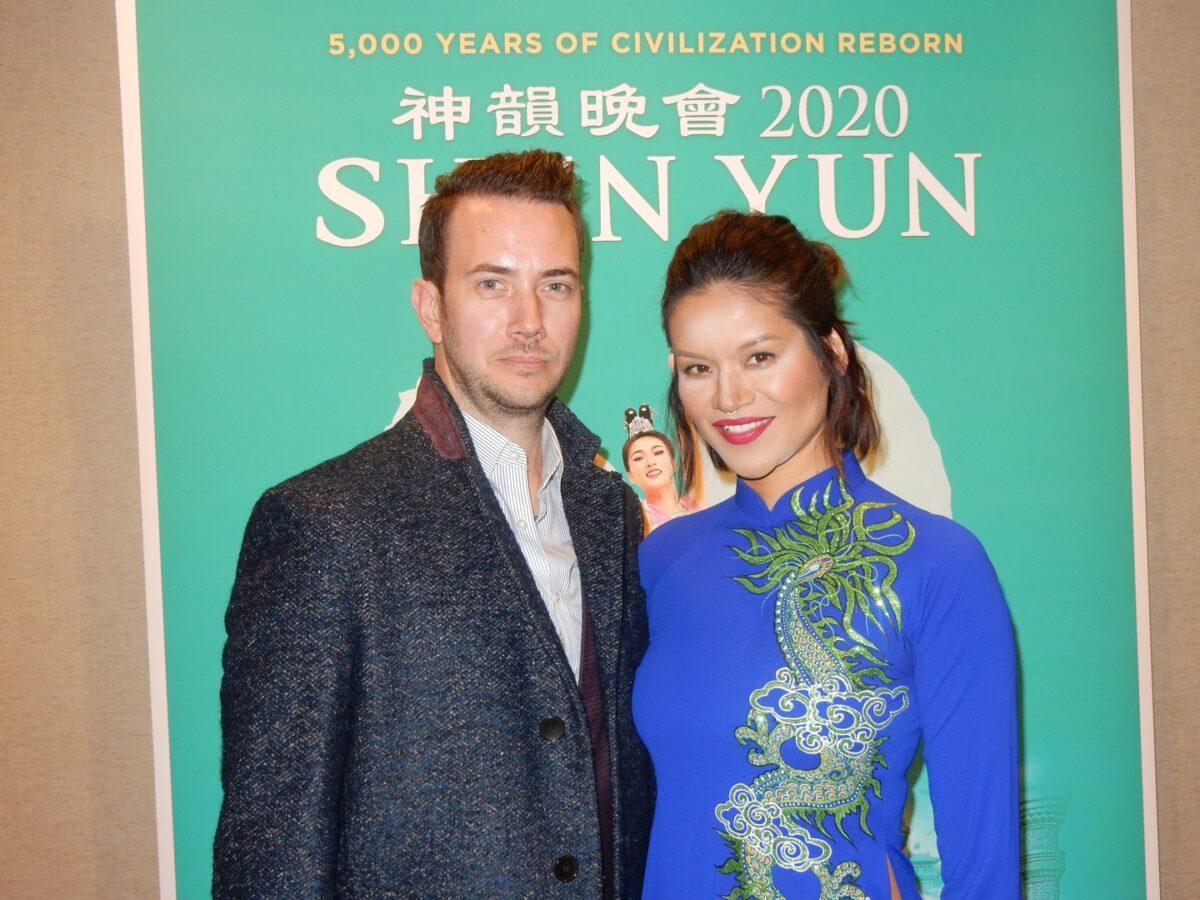
Wulff had wanted to see Shen Yun for 10 years, and when she finally got the chance she felt it was more than just a performance. She interpreted a message of something grander.
“Beautiful,” she said. “Just stunning.”
A Unique Aural Experience at Shen Yun
Another facet of the performance that sets Shen Yun apart is its permanent combining of ancient Chinese instruments into what is otherwise a classical Western orchestra.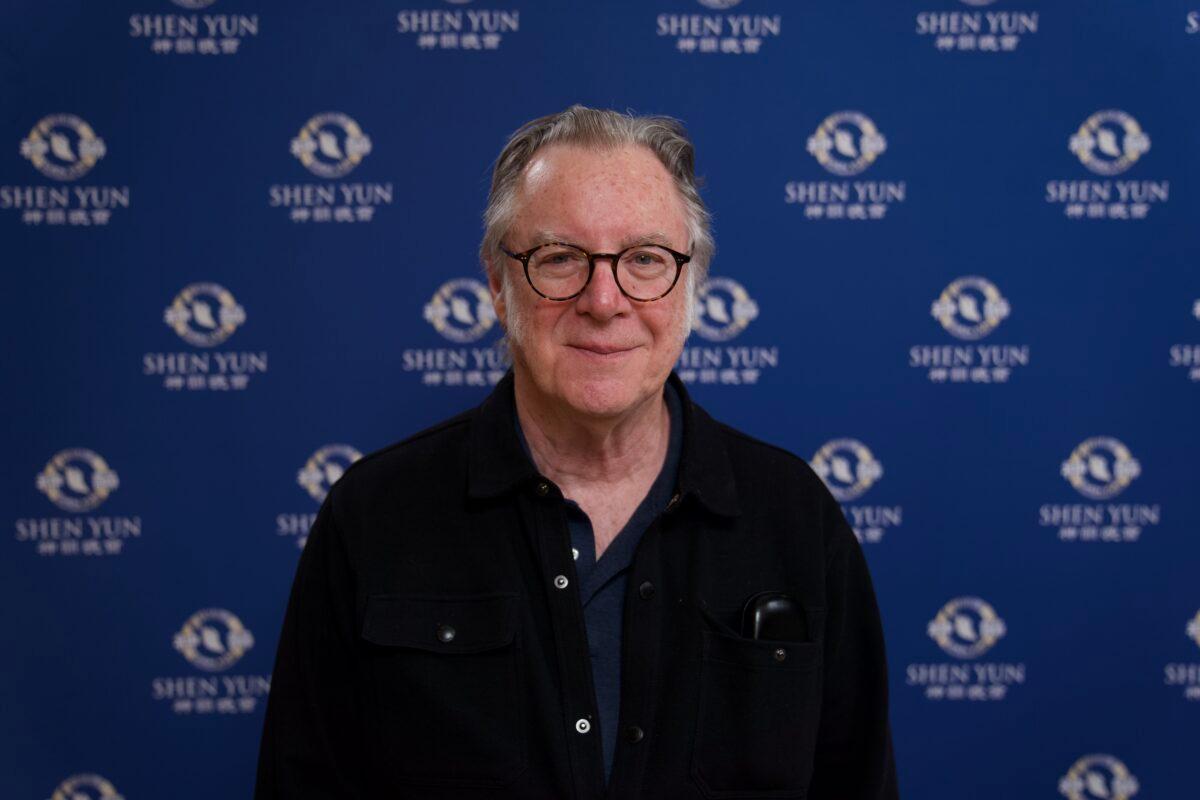
“It’s remarkable and if you haven’t seen it it’s not to be missed. It’s different from anything I could have imagined, but it’s a remarkable performance,” Sebastian said.
As a string player himself, he quickly saw similarities in his own playing experience to the new instruments of the pipa and erhu.
The pipa, sometimes called the king of instruments, is a Chinese lute that is plucked and strummed in a similar, or altogether different way than the guitar is, and Sebastian enjoyed seeing that. The erhu is a two-stringed instrument that is bowed, and Sebastian noticed the moving tones, or halftones, that are popular in Chinese musical notation actually have a bluesy quality familiar to him.
“Everybody’s really good!” he said of the musicians. “I’m reacting as I go and they’re having their way with me.”
It was an experience he felt compelled to share, full of “remarkable dancing, remarkable colors, and remarkable music.”




